Hello everyone and welcome to my blog :-)
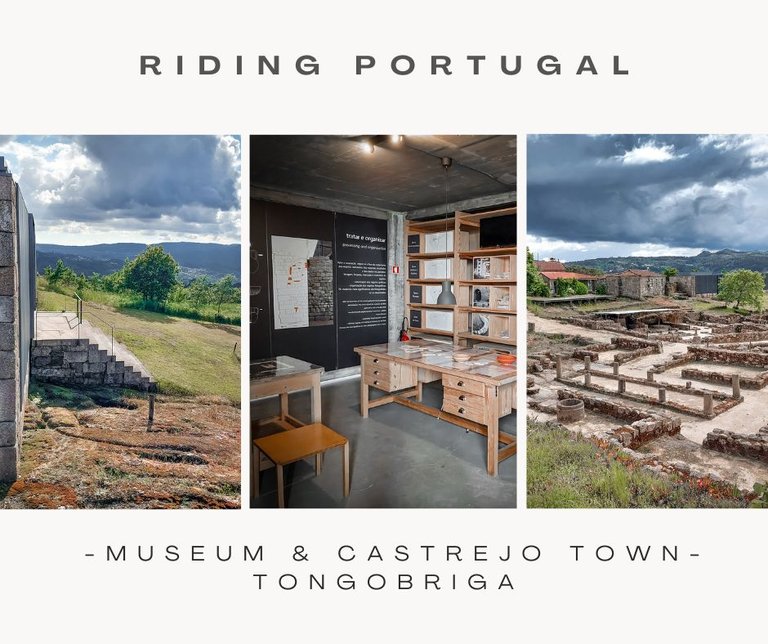
After visiting the village, we then headed towards the entrance to Tongobriga, the Freixo Archaeological Area.
Tongobriga is a town whose name is of pre-Latin origin, founded before the integration of the northwestern peninsula into the Roman Empire and which lasted beyond its disintegration. Located in the Douro basin, in the Tâmega river valley, this archaeological site occupies around 50 hectares.
PT
Depois de visitarmos a aldeia rumamos então à entrada para Tongobriga Àrea Arqueológica do Freixo.
Tongobriga é um povoado cujo nome é de origem pré-latina fundado antes da integração do noroeste peninsular no Império Romano e que perdurou além da sua desintegração. Situado na bacia do Douro, no vale do rio Tâmega, este local arqueológico ocupa cerca de 50 hectares.







Classified as a National Monument since 1986, it is managed by the Regional Directorate of Culture of the North and is located in the parish of Marco, municipality of Marco de Canaveses.
Upon arrival at the museum we were greeted by Mr. Jorge who was very friendly and welcomed us with a big smile. Despite it being close to closing time, he insisted on opening the museum doors for us and giving us a guided tour.
PT
Classificado como Monumento Nacional desde 1986, é gerido pela Direção Regional de Cultura do Norte e está localizado na freguesia de Marco, concelho de Marco de Canaveses.
Na chegada ao museu fomos recebidos pelo Sr. Jorge que foi muito simpático e nos recebeu com um grande sorriso. Apesar de estar perto da hora de encerramento fez questão de nos abrir as portas do museu e de nos fazer uma visita guiada.




We started with a short film that explained to us how this place is divided and the discoveries that were made here. In the museum it is possible to see first-hand some pieces from the Castro era and the Roman era, which makes us understand the difference between the people and their evolution.
At the beginning of the excavations, buildings made of stone and circular plans were found, but scattered throughout the land and which were destroyed by the settlement of the Roman people in this place, who built their houses on them.
PT
Começamos por um pequeno filme que nos explicou como se divide este local e as descobertas que aqui foram efectuadas. No museu é possível vermos em primeira mão algumas peças de era castreja e da era romana o que nos faz perceber a diferença entre os povos e a sua evolução.
No início das escavações foram encontradas construções feitas de pedra e plantas circulares mas dispersas pelo terreno e que foram destruídas pela implantação do povo romano neste local que foi construindo as suas casas sobre estas.
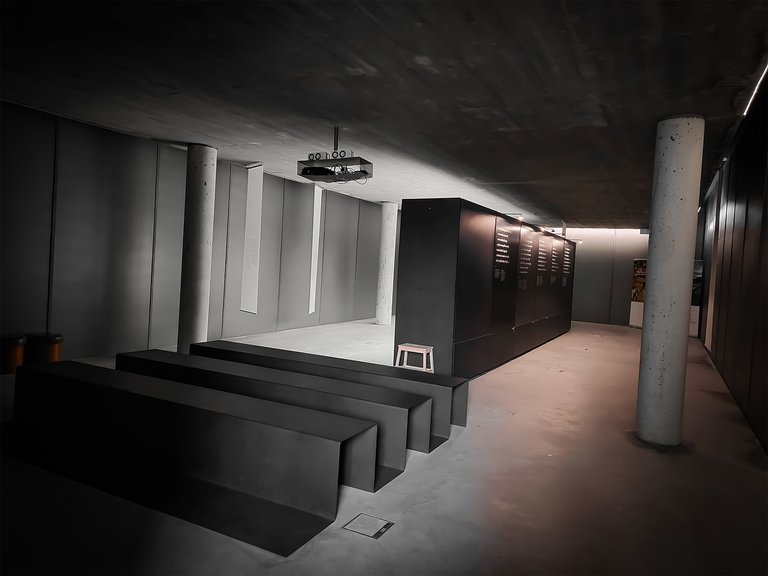







Let's say that of everything that could be found about this town, the Romans sort of decimated everything in their path, leaving very little information behind. According to Jorge, it could be one of the ways they managed to get these people to adopt the Roman lifestyle.
Here you can also see the wall that delimited this town and the outer moat that surrounded it.
The lifestyle of these people (Calaicos) was quite different from what the Romans were used to.
PT
Digamos que de tudo o que se poderia encontrar sobre este povoádo , os romanos como que dizimaram tudo à sua passagem deixando para trás muito pouca informação. Segundo o Senhor Jorge poderia ser uma das formas que conseguiram arranjar para que estes povos adotassem o estilo de vida romano.
Aqui é também perceptivel a muralha que delimitava este povoado e o fosso exterior que rodeava a mesma.
O estilo de vida deste povo (Calaicos) era bastante diferente daquilo a que os romanos estavam habituados.


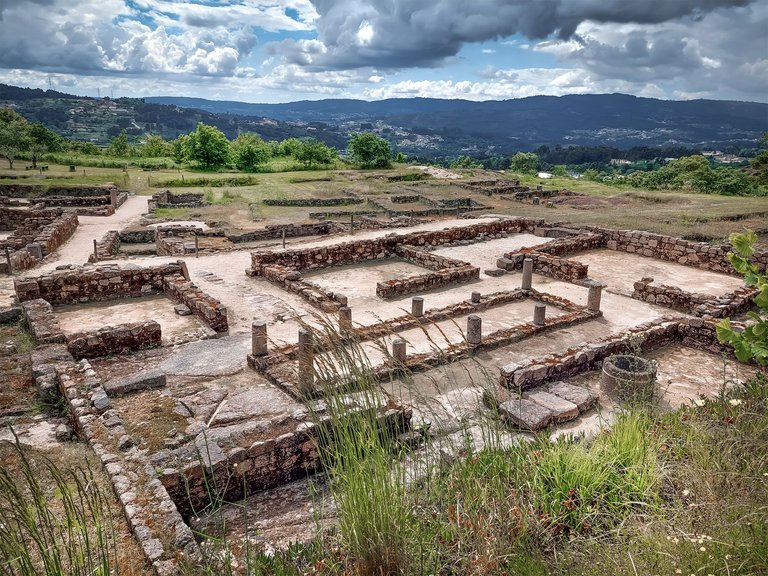



The Calaicos lived in a tribal society that was organized into communities or clans, led by tribal chiefs. Regarding the economy, it revolved around agriculture, livestock farming, however the strong point was the manufacture of iron tools and weapons. As for religion, they were very connected to nature, performing rituals dedicated to Celtic deities.
PT
Os Calaicos viviam numa sociedade tribal que era organizada em comunidades ou clãs, sendo que seriam liderados por chefes tribais. Relativamente à economia a mesma girava em torno da agricultura, pecuária contudo o ponto forte era a fabricação de ferramentas de ferro e armas. Quanto à religiãoeram muito ligados à natureza, fazendo rituais dedicados às divindades celtas.
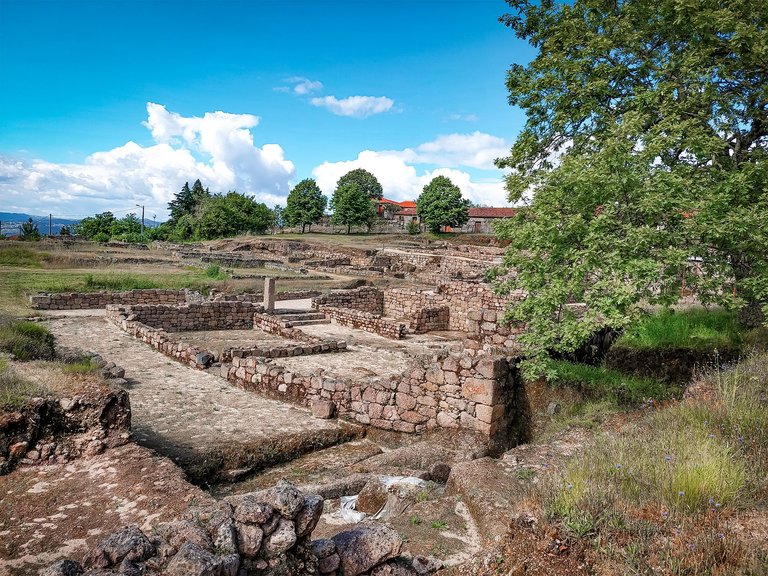

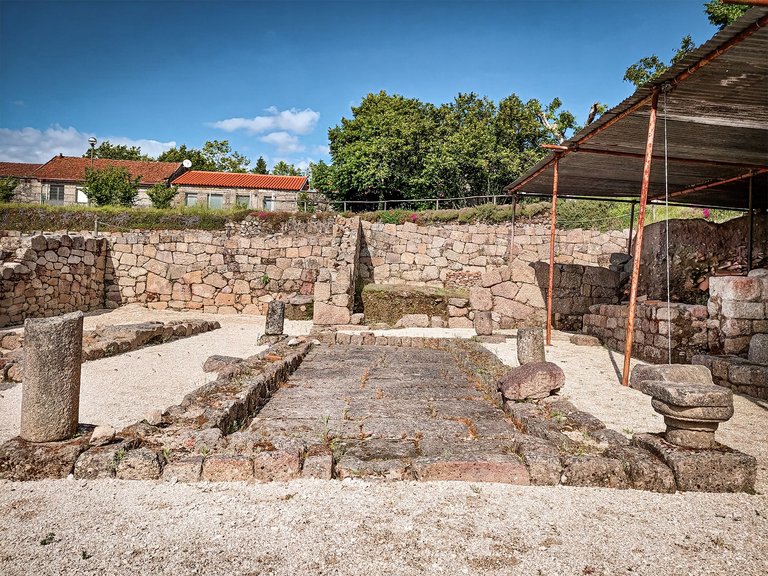





These people resisted the Roman conquest, having been subjugated after the Cantabrian Wars (29-19 BC)
As for the architecture, I already explained a little about it above.
This is the first part I present to you about this beautiful place.
I'll be back tomorrow with the rest, which is equally spectacular.
PT
Este povo resistiu à conquista romana, tendo sido subjugados após as Guerras Cantábricas (29-19 a.C.)
Quanto à arquitetura já vos expliquei um pouco sobre a mesma acima.
Esta é a primeira parte que vos apresento sobre este bonito local.
Amanhã volto com o restante que é igualmente espetacular.


I hope you enjoyed.
See you around.
Wishing you much peace and health
Those who pass by us do not go alone. They leave a bit of themselves, taking a piece of us."
Author: Antoine de Saint-Exupery, The Little Prince.



